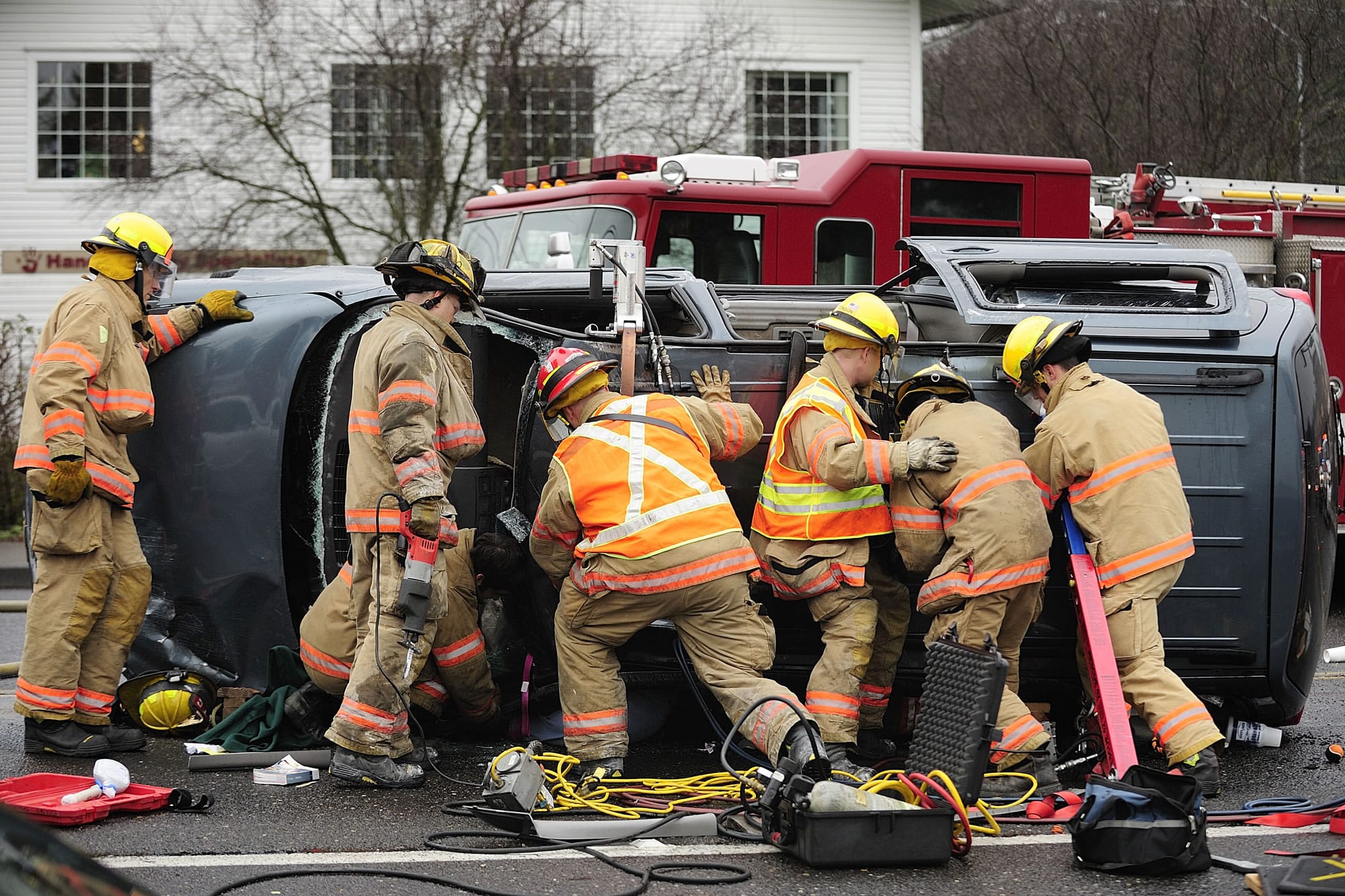The Vancouver City Council agreed Monday to set the Vancouver Fire Department’s current emergency response times, which they’d heard in January but had questions about, as standards to gauge future performance.
In 2005, the state legislature directed fire departments to specify targeted response times, and then report annually on how well those targets are met.
There’s no penalty for not specifying target times, and there are no minimum standards. This is the first time the city council wanted to set such standards, and City Manager Eric Holmes said the standards are just one tool to measure service levels.
Chief Joe Molina and Deputy Chief Dan Olson reported the department’s response times.
The clock on the response time, Olson said, starts when a call is received at the firehouse and ends when the first unit arrives at the fire. He explained that the times reflect the 90th percentile — that is, 90 percent of calls should have a response time equal to or faster than what’s listed as the standard response time.
For priority 1 and 2 calls — fires and the most critical medical calls — the current response time is 7 minutes, 59 seconds. For priority 3 and 4 (less critical) calls, the response time is 10 minutes, 59 seconds.
For the priority 5 calls — an example would be a person who fell but isn’t seriously injured — that would be an ambulance-only response and the response time is 15 minutes, 59 seconds.
Molina reiterated that the 90th percentile reflects the slow end, and said an average response time is about 5 minutes, 30 seconds.
Molina said the times were computed after analyzing two years’ worth of calls and that his department’s times are comparable to other urban departments statewide.
On April 1, Molina will start testing the use of smaller vehicles to respond to low-priority medical calls. Instead of dispatching a three-person crew in a fire engine to a priority 3 or 4 call, the department will send a firefighter-paramedic and a firefighter in an SUV.
Using the SUVs for lower-priority calls will keep fire engines and trucks free for more serious calls, Molina said, so he hopes to reduce response times and save money.
It costs approximately $1.34 a mile to operate an SUV, compared to $7.47 a mile for a fire engine.
Stephanie Rice: 360-735-4508 or stephanie.rice@columbian.com.



